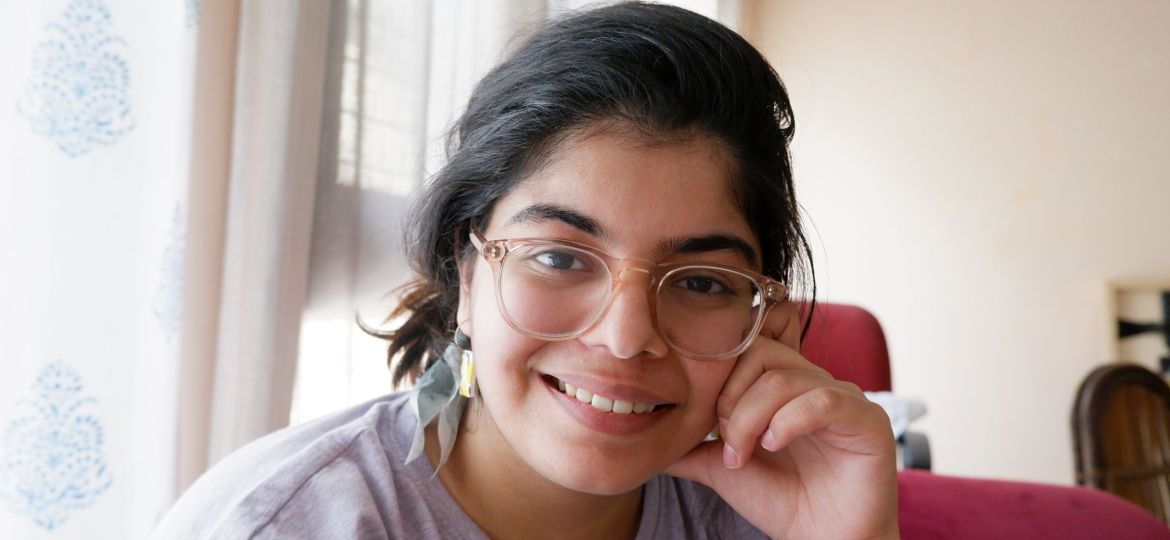
With our micro-series Quick Bytes, based on short responses to cue questions, we continue to connect our readers and writers to each other in as many different ways as possible. Our intention is to expand the space of safety, inclusion, and a self-affirming approach, that illuminates the wealth of diversity, and possibilities, that we represent together.
Taash gives us Quick Bytes on Gender and Sexuality.
Taash says:
One line to describe me: My idea of myself is always shifting, and at the moment, I’m in the process of honouring those shifts and confusions as part of my creative self-expression.
The word Sexuality brings to mind: The first thing I feel is a strong sense of disconnect and fragmentation when I think of sexuality. My experience of my body dictates how close I feel to my sexuality. And when the body is in constant pain and discomfort, it’s hard to navigate touch, pleasure and identity. I often find myself interacting with my sexuality through memories, through digital screens and through imagination – and honestly, that feels like an extremely safe space, especially in a world that’s hyper-focused on finding a fixed identity for ourselves.
I connect gender and sexuality in these ways: One thing that stands out is how experiences beyond the hetero-abled and binary imagination are phrased as the alternate. This is even more so when disability is thought of as an additive element to our current understanding of a South Asian queer identity, given how care, the labour of providing care, and familial abuse of crip folks in the South Asian context is far more complex. As a disabled person who’s also trying to articulate what queerness would mean to someone limited to their bed, I’ve often felt that I’m never going to be able to access autonomy in my sexual and gender identity, not realising that I’ve only been chasing a very hetero-abled idea of it for the most of my life.
Self-affirming in this context for me: The most self-affirming act is to platform myself as the centre, where all the narratives derive from. What I experience should lead my understanding of bodily autonomy, creativity and pleasure. How I see myself as a queer person cannot be devoid of my dysphoric experience that comes from extreme hair-shedding, irritable fabric sensations, skin lesions, chronic pain or even inconsistent body temperature.
The relationship with my body is so fragmented that there’s not a primary “real” me, and that’s also how I locate queerness within disability. For instance, what I present as when wearing hospital clothes becomes more and more insignificant, and in what ways I feel inhabited within myself during times of medical distress ends up being more self-affirming and assuring.
Also, rest. I feel having an uninhibited openness to give my body various kinds of rest and downtime has been the most joyful and affirmative journey. The masking at workplaces, in social settings, functioning with chronic pain and frequent hospitalisations, all while being what they call a quiet queer – always on the lookout for “doable” activities and gentler friendships has deeply affected my view of life in general and because it’s such a constrained way of living, the processing too happens in crip time.
Something to think about as a last word: Being queer and disabled is a very unique experience, and I feel that wanting to define that uniqueness is counterproductive to a much-needed conversation today. Each of us is going through a different set of challenges owing to our disabilities and how that interacts with our experience of queerness. In that regard, the process of building a community, sustaining and expanding it cannot be heavily structured, but can definitely be more accountable. It needs some rethinking and divergence from how the queer community is evolving in the abled world.
Put together by Shikha Aleya.
Cover Image: Photo courtesy of Taash.